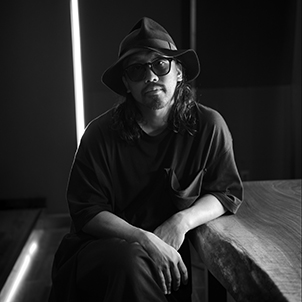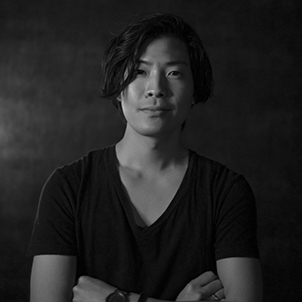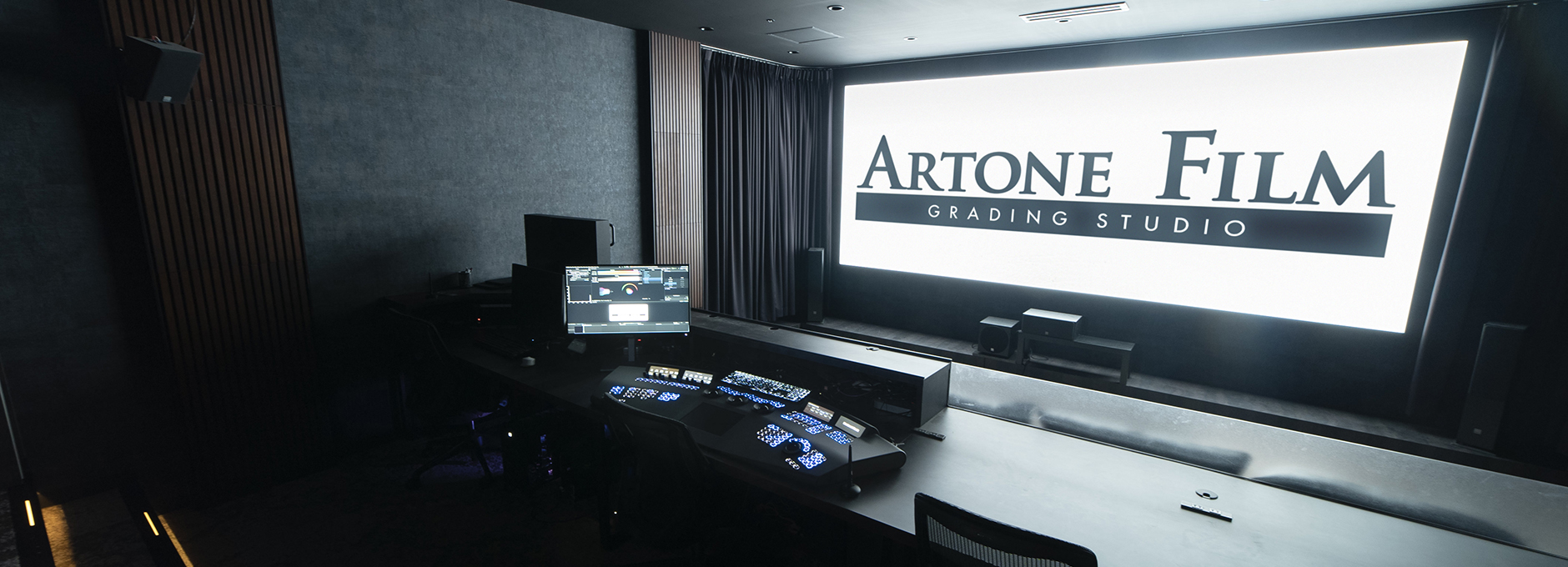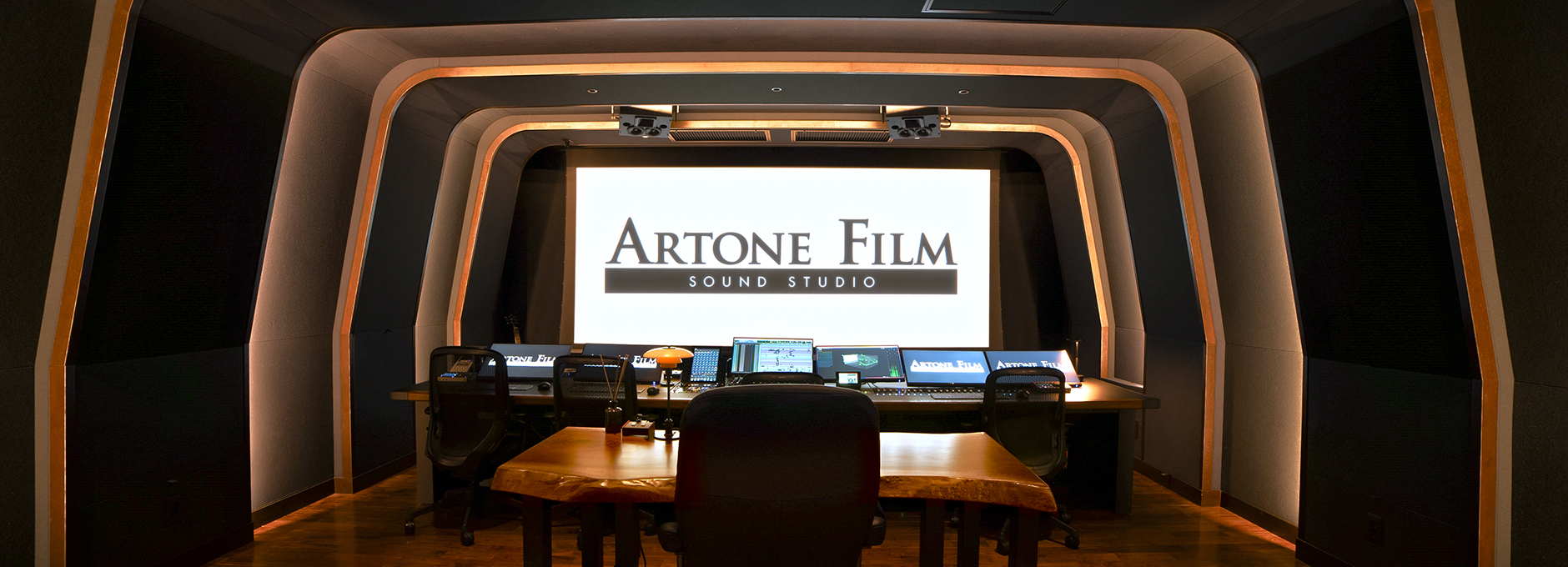Case Studies
Tokyo’s ARTONE FILM sets new standards in colour grading with Baselight for macOS
See: ENGLISH | JAPANESE
Tokyo based post-house becomes first facility in Japan to integrate Baselight M – enhancing creative flexibility and delivering quality colour across projects.
ARTONE FILM
ARTONE FILM is a leading post-production studio located in Tokyo. Founded in 2021 by experienced colourists Masahiro Ishiyama and Toshiki Kamei, it is the first facility in Japan dedicated to colour grading.
The team, which boasts an impressive 16 colourists, works on a wide range of content, from high-end commercials and music videos to feature films, including Godzilla Minus One, First Kiss, and numerous Netflix shows such as Sanctuary and First Love. While the majority of its work comes from the local market, they also welcome opportunities to collaborate with clients worldwide.
Introducing Baselight M
ARTONE’s founders have been keen to introduce Baselight to their grading suites for some time and, since the facility’s workflow is primarily Mac-based, when Baselight M for macOS was released earlier this year it seemed like the perfect opportunity.
Baselight M is the software-only subscription version of FilmLight’s powerful Baselight grading solution running on the Apple macOS platform. It offers the same advanced features as high-end Baselight Linux systems and comes with FilmLight’s renowned 24/7 user support.
“With Baselight M now available, it was the perfect time to integrate it into our workflow,” says Ishiyama. “Moving forward, we plan to use the system to enhance our creative flexibility and deliver even higher quality results across our projects.”
Initially, CEO and senior colourist, Masahiro Ishiyama, will be the primary Baselight user, followed soon after by Toshiki Kamei and other colourists who are eager to gain experience on the new platform.
Toshiki Kamei
“I began my career in 2013 as an intern at Cutters Studios Tokyo, where I was initially learning offline editing,” says Kamei, senior colourist and co-founder. “During that time, I had the opportunity to meet Steve Rodriguez, who was the in-house colourist. Watching him work and seeing how a colourist could shape the entire atmosphere and world of a project had a huge impact on me. I was immediately drawn to the craft and knew then that I wanted to become a colourist myself.”
“After that, I studied under another talented artist, Ben Conkey, who became a key mentor for me. Thanks to his guidance, I made my official debut as a colourist in 2016,” adds Kamei. “And in 2021, I received an offer from Masahiro Ishiyama to start a colour facility together. That same year, we co-founded ARTONE FILM, and it's been an exciting chapter in my career ever since.”
“My style leans toward a filmic look, but more importantly, I always approach each project with a strong awareness of the story and concept, aiming to create colour that truly supports the narrative.”
Masahiro Ishiyama
Ishiyama started out working on commercials and music videos.
“My first feature film was A Family (Yakuza and the Family), directed by Michihito Fujii,” says Ishiyama. “After that, I worked on Godzilla Minus One, directed by Takashi Yamazaki. Both of these projects had a significant impact on my career as a colourist.”
“I was drawn to Baselight because of its philosophy, especially how it approaches the handling of light,” says Ishiyama. “Its operational style and mask work reflect this approach, making the workflow very intuitive and precise.”
As a senior colourist and the co-founder of a specialist colour facility, Ishiyama’s advice to aspiring colourists in the region is to get clear on your goals and observe as much as possible.
“Before working with any tools, it’s important to have a clear image in your mind of what you want to achieve,” says Ishiyama. “Developing your observation skills is key. Memories from your daily life will give you hints for colouring.”
Intuitive grading
“So far I have found Baselight M to have be very natural and intuitive,” says Ishiyama. “One of my favourite features is Chromogen. It's a unique tool that isn’t available on other platforms, and it allows me to create powerful, natural-looking images in a more intuitive way. It’s especially effective for building looks that are both expressive and resilient.”
“We’ve used Baselight during look development sessions for several projects that are currently in production. Chromogen and X Grade, along with newly redesigned tools like Curves, have proven to be especially powerful in that process,” adds Ishiyama. “Learning new software from scratch is always a challenge, but we’ve been very impressed with Baselight’s extensive toolset and precise colour control.”
“The support has been truly invaluable, too,” adds Ishiyama. “The collaboration between the local team at Restar and FilmLight’s support team gives us real peace of mind and has been a tremendous help in our transition to Baselight. Their prompt responses, detailed explanations, and genuine passion have greatly expanded our understanding – not just of how to operate the software, but also of colour science, grading techniques, and the overall approach to colour.”
Recent projects
Ishiyama has recently worked on several projects using Baselight, including a Netflix original, a Toho feature film, and an advertisement for Calorie Mate.
“Starting from the DoP’s images and references, I recreated the base look from scratch using Chromogen, then added the unique characteristics of each project,” explains Ishiyama. “I am still learning the more efficient ways to copy and paste grades, and manage looks across scenes in bulk. One great advantage I noticed during sessions is how quickly Baselight allows me to create a primary look that satisfies the DoP, speeding up the approval process.”
Depth and nuance
Kamei has used Resolve throughout his career, but is looking forward to getting his hands on Baselight’s tools.
“Resolve is a tool I am very comfortable with,” says Kamei. “But I’ve always had the desire to try Baselight as well – mainly because several colourists I deeply respect have used it in their own work.
“What I’m most looking forward to is incorporating Baselight’s unique ability to handle rich tonal expression into my creative process. I believe that by embracing what Baselight has to offer, I can open up new possibilities in my work and bring even more depth and nuance to future projects.”
“I believe that by embracing what Baselight has to offer, I can open up new possibilities in my work and bring even more depth and nuance to future projects.”

Masahiro Ishiyama

Toshiki Kamei







